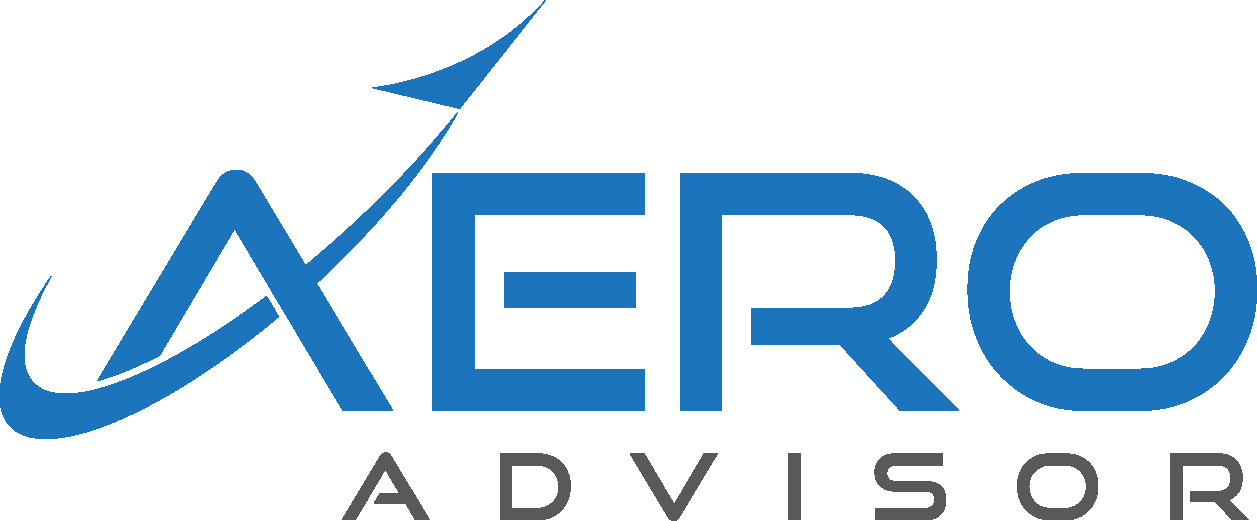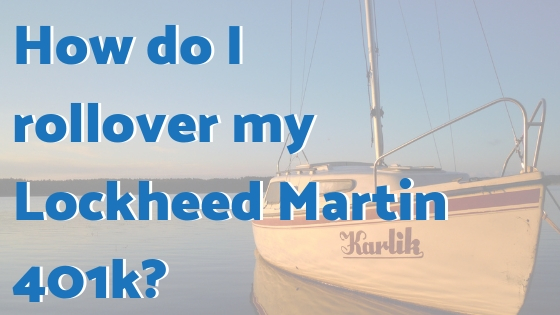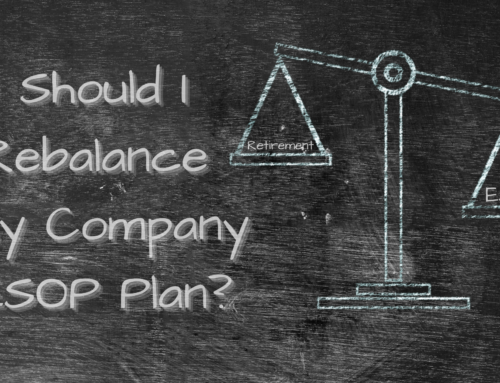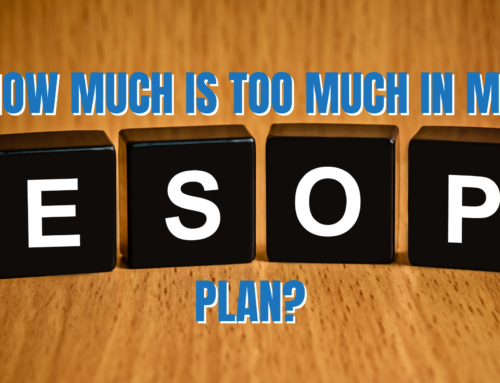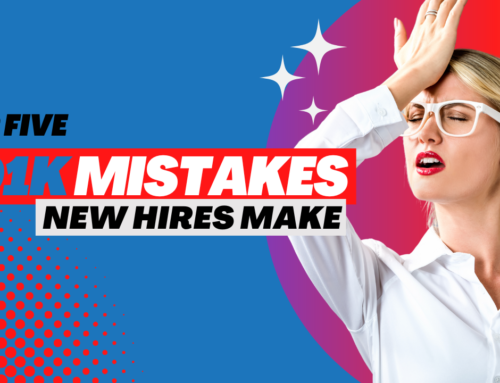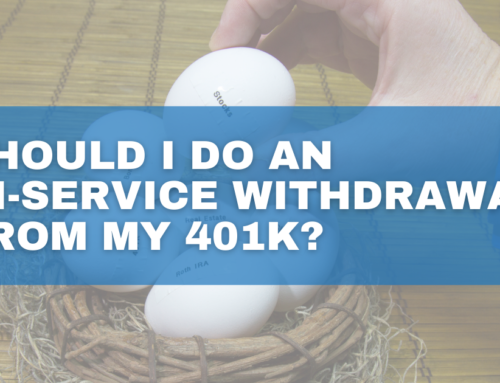Have you retired and need to access your Lockheed Martin 401k? It’s not as difficult as you think to get it started.
First, you want to examine your options for your 401k account. If you decide rolling over your 401k account is the best option for you, then this article will walk you though that process.
First of all, let’s talk about what it means to rollover your 401k. Generally, a rollover is defined as a transfer of retirement assets from one plan to another without causing a taxable event. For example, you could move money from your 401k to a personal IRA account without having to pay taxes when you move it.
Note: I’ll mostly be discussing pre-tax 401k contributions below. There are more options for Roth 401k contributions, which I’ll discuss in another article. I’ll link to it here when it’s posted. For now, you can contact Voya to talk about Roth 401k rollover options.

Before you head for that retirement beach chair, make sure you know your rollover options for your Lockheed Martin 401k.
Types of Rollovers
There are two types of rollovers we’ll discuss here, direct rollovers and indirect rollovers.
A direct rollover is when a custodian (Voya for example) makes a check payable directly to the new custodian (whoever will be holding your retirement funds next). You don’t deposit the check into your bank, but directly at the firm that will be holding your retirement account. This could also be the 401k of a new employer.
This avoids the mandatory 20% tax that is withheld on a 401k distribution if you have the check sent directly to you. You’ll usually have to fill out a form or two to get these processed and getting a check in the mail could take some time. Also, if you’re younger than 59.5, you’ll avoid getting hit with the 10% tax penalty as well if you choose a direct rollover.
An indirect rollover is a rollover where a check is made payable to you, the participant. Your 401k provider will hold back a mandatory 20% (they’ll send this to the IRS) and send you whatever is left over. If you don’t want this to be a taxable event, you’ll need to deposit the rollover funds into an IRA within 60 days.
Don’t forget that 20% that you sent to the IRS as well. You’ll need to deposit that amount using outside funds into your IRA as well. You’ll most likely receive it back when you file your taxes, but you need to put the full amount of the rollover back into an IRA within 60 days.
How to Get the Rollover Process Going
Once you decide what type of rollover might be best for you, you’ll want to call the Voya Customer Service Line (or Empower depending on when you’re reading this, see more HERE) at 1-800-444-4015. Then follow the steps below:
- You’ll need to enter your social security number and then enter your PIN
- After you are verified, you can then hit “0” to get a real person
- Tell them you want to do a direct rollover (if that’s the case). They will then ask where to send the check (your new custodian can help with this) and your IRA account number.
Also, Voya may send you an email with a “special tax notice” that explains your rollover options and tax consequences in more detail.
What then?
Once the funds are received at your new custodian, make sure you work with your financial advisor to get those funds working for you. If you’re managing it on your own, get a plan together to make sure those funds will last throughout your retirement.
Keep good records of your rollover so if for some reason there’s a coding error, you’ll have proof that you rolled those funds to another plan or individual IRA.
Need additional help? (Sales pitch incoming) If you decide rolling over your Lockheed Martin 401k is what is best for you, I’ll jump on the call with Voya (or Empower if you’re reading this post 401k move) and help you with you get your rollover started. This is a free, 100% no-obligation service. Feel free to email me at Brian@TheAeroAdvisor to schedule a time to do the call. I’d love to help.
If you’re not sure if rolling over your 401k is the best option – CLICK HERE to schedule a time for us to chat.
The opinions voiced in this material are for general information only. They are not intended to provide specific advice or recommendations for any individual, nor intended as tax advice. We suggest that you discuss your specific situation with a qualified tax or legal advisor.
